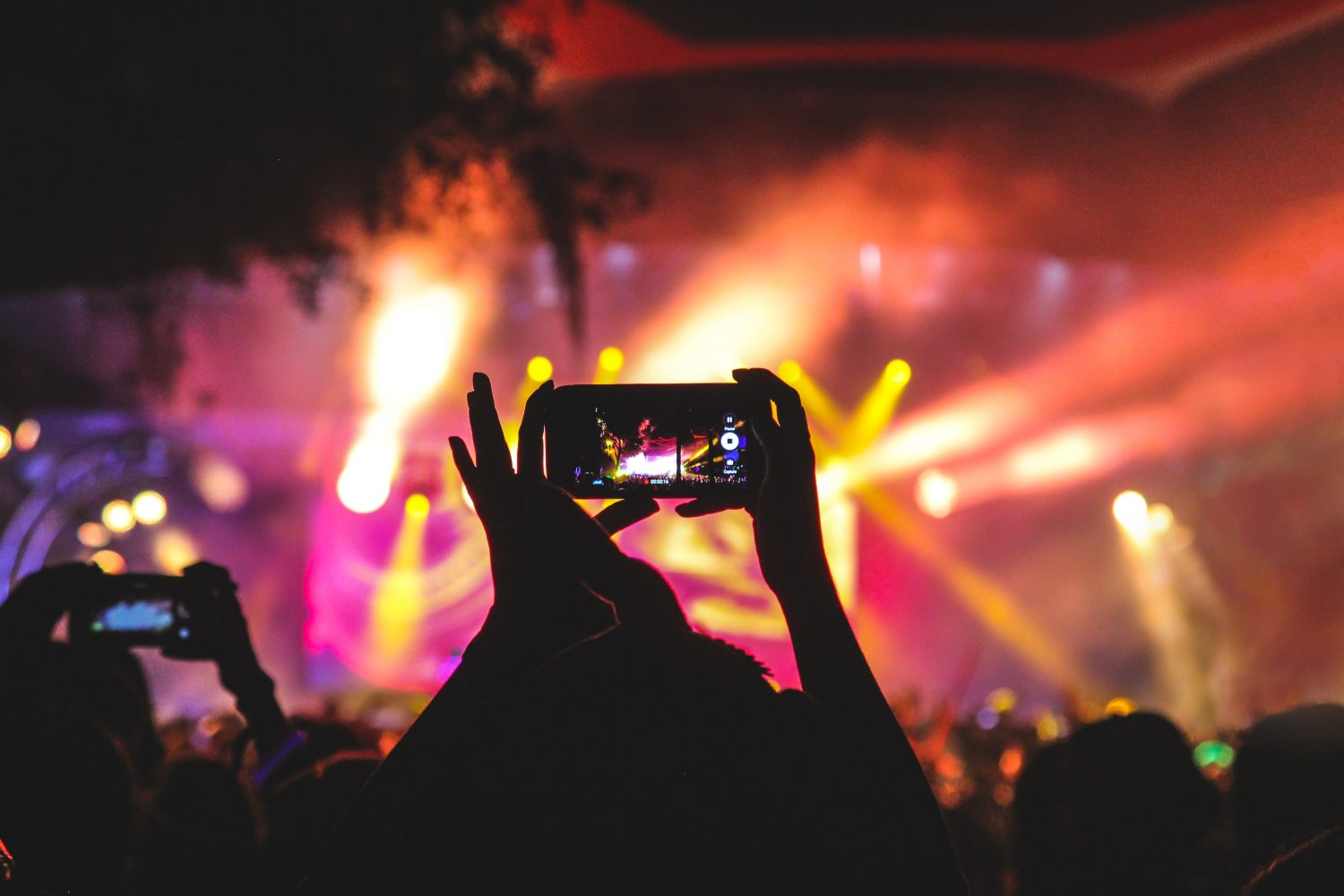
After two years working at ENITED, I have lately been attending some live events (hallelujah). Meaning, in-person events.
And, of course, the general topic and mood of all participants and speakers was about making a recap on these pandemic months, taking all the lessons learned and looking at the future of business events.
In this line, I heard some people say different variants of the following sentence: “Hybrid is dead, events in the future will either be live or online”. Other opinions were more cautious and argued that hybrid needed to change significantly and become more than a one-way broadcast in order not to disappear. But there was always some kind of fight or competence in between formats, and a certain aversion towards hybrid events.
I agree that engagement when you are watching an event from home while seeing others sitting and interacting in situ feels a bit frustrating, like you are second-level attendee. I agree that, to avoid this, an enormous effort is needed. I agree that we are human and need to socialize face-to-face as well as to define and put things into categories (in this case: live, hybrid, virtual) so we can better grasp them.
However, I hate to break it to you, but our life now, our present reality is already hybrid. All current events have already a mix of both physical and digital components. As Sabrina Meyers put it once in a Linkedin post, events are actually omnichannel because digital is so integrated into the way we communicate and work nowadays that both virtual and live elements will always be present and combined, making the whole journey hybrid (multimedia) from start to end.
And I would even add multi-directional to that, because our attendees are not passive objects anymore, but comment on social media, communicate with us, we send them surveys and they give us feedback, data, information… Moreover, the audience is becoming more and more demanding, to the point that guests are now in control of events and have the power to shape them more than ever.
But coming back to digital tools, let’s face it, they are taking over and becoming better, easier, more complete, etc. every second (take the new Zoom Conference feature!) to provide a more enhanced experience. We need to keep up with technological developments and make the best use of them we can. Nyomi Rose was also addressing this point in a video and pointed out that the lockdown allowed us to catch up with and learn about digital and hybrid formats, thus making us invest a huge amount of resources, time and money. Therefore, we just cannot ditch and let all of that go to waste. Again, digital is everywhere now, so embrace it, adapt its many possibilities to your strategy and purpose and take advantage of what we’ve learned!
This is the reason why the battle among event formats does not make sense, as Nyomi was explaining. Instead of focusing on the format, I suggest to first look at the purpose of your event, the value for your attendees and the transformation you want to see in them, in their behaviours. This is what really matters and what will make your audience pay that fee and/or take that plane to participate in your event.
On this regard, Ángeles Moreno (The Creative Dots) made a really good point at Conventa Crossover in August 2021 to counter-argue the die-hard fans of in-person events: meeting peers and laughing, eating or going for a city tour can be fun, but I don’t go to an event just for fun, I need to get something from it. So, apart from granting participants access to our content (which hybrid has way easier and wider), we need to provide value: a why, a transformation.
Once these elements are in place, you can think about what format and technical features best adapt to them and to your target audience’s needs. And remember, no matter what option you choose, you will sure use different media for all stages of your event, and your participants will react to that: communication, advertising, selling, buying, organization, follow-up, you name it.
The future is now, and it is omnichannel.
